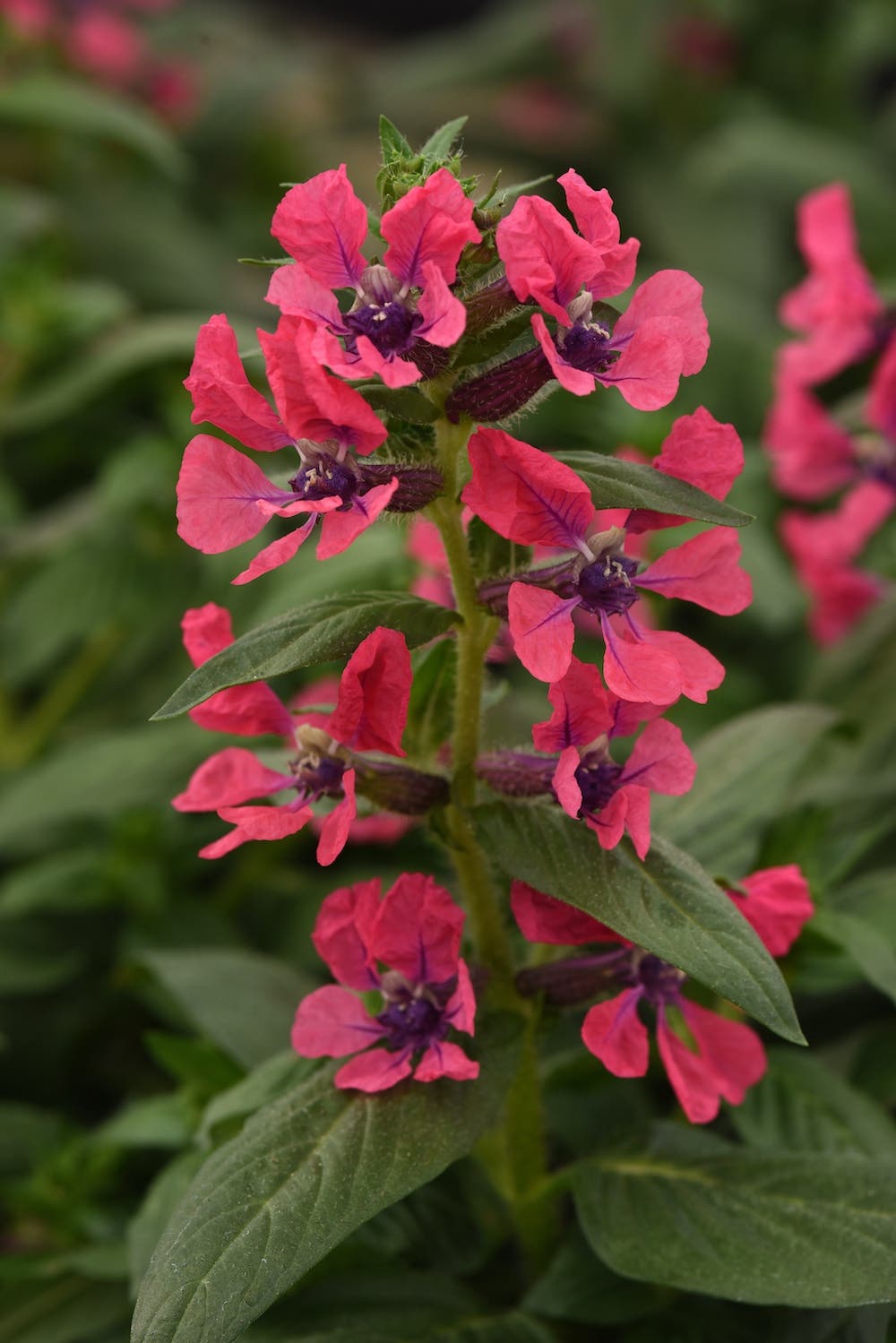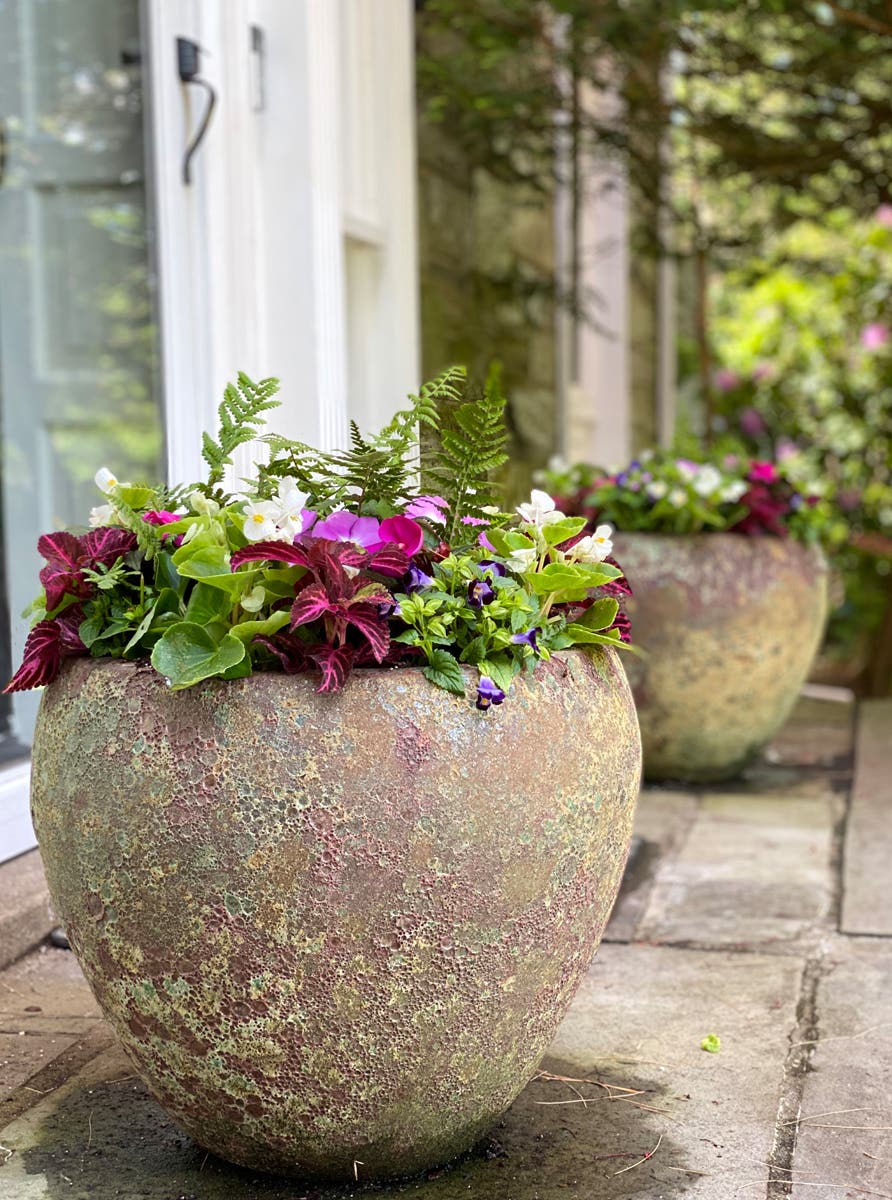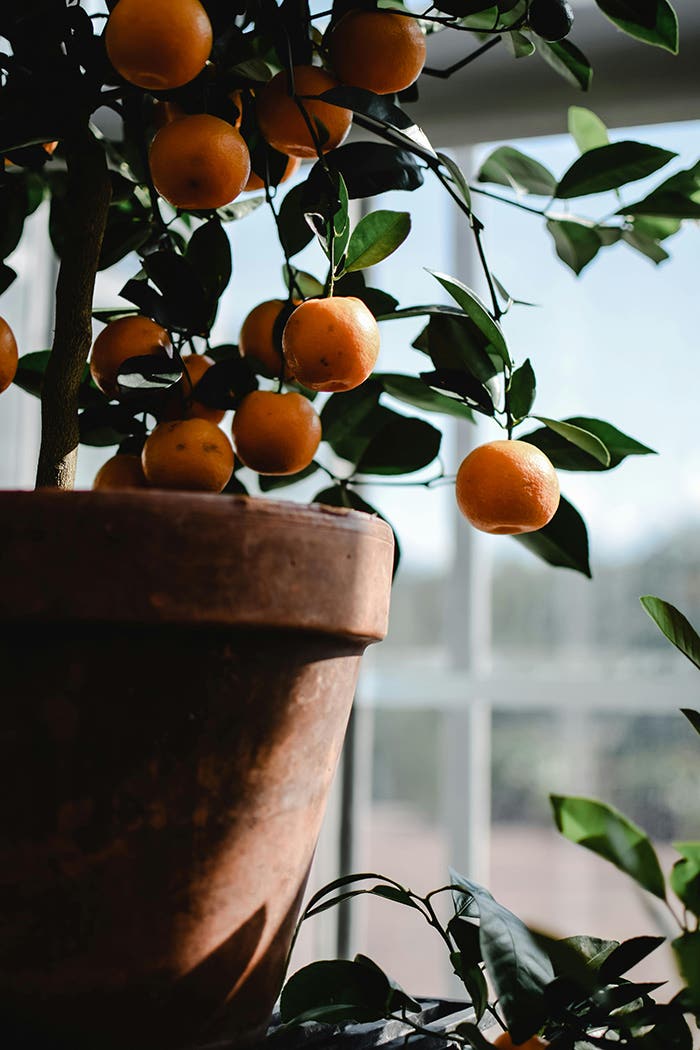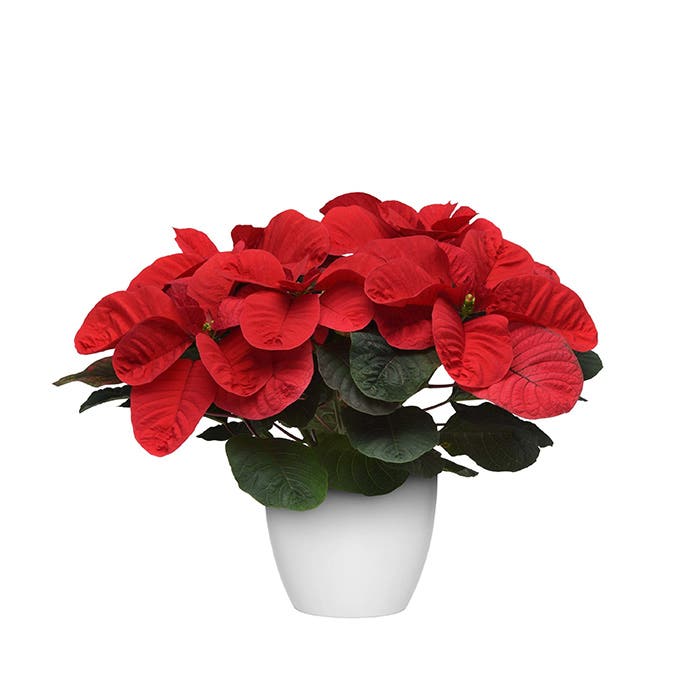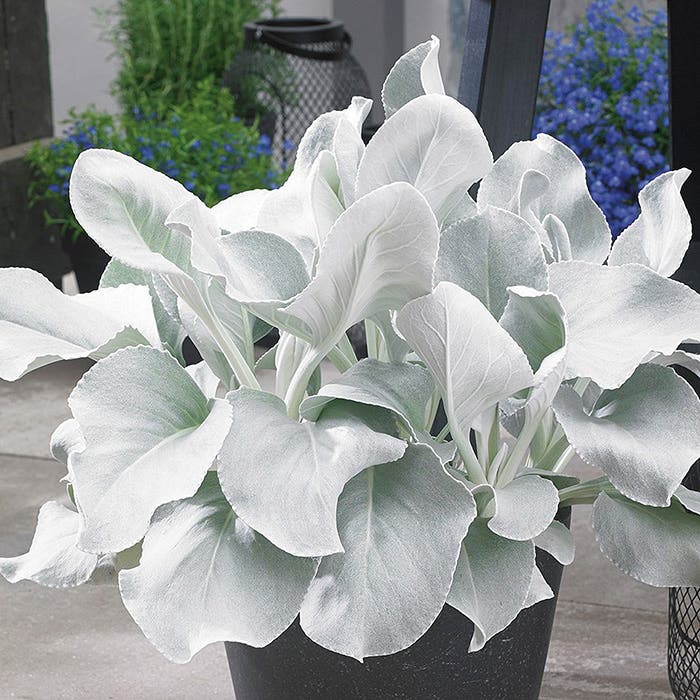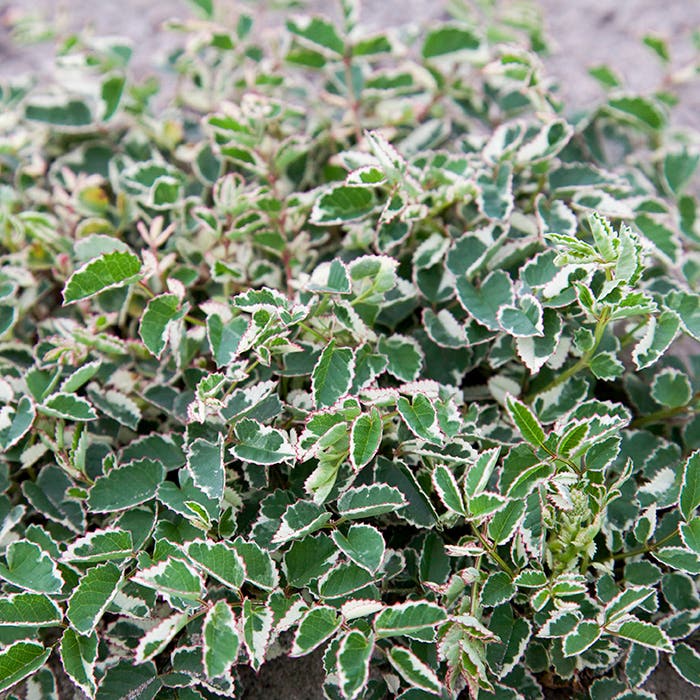Rippled Peperomia Makes an Easy Houseplant in Lower Light
Plus it’s okay if you forget to water!
Known colloquially as rippled peperomia, Peperomia caperata is an easy-to-grow houseplant with interesting leaves. It tolerates low light and lapses in watering, and it does not need frequent repotting. Its dark green, textured foliage is very handsome and its main appeal. It might offer a wave of quirky-looking flowers if it is grown in bright light.
Common name: Rippled peperomia
Botanical name: Peperomia caperata
Exposure: Low to bright light; no direct sun
Flowers: Like other peperomias, this species blooms in skinny cream- to greenish-colored spikes.
Foliage: Peperomia caperata has rounded leaves of dark green with darker green ridges. New leaves, which rise from the center of the plant, may appear pink before maturing to deep green. Older leaves may take on a reddish cast. There are several named cultivars of rippled peperomia, such as 'Luna Red' that have more pronounced and consistent coloring.
Habit: This peperomia grows as a mounded clump of leaves to about 8 inches tall and wide.
Origins: The species Peperomia caperata is native to rain forests of Brazil. In the wild it grows as an epiphyte—a plant that depends on another for physical support but not nutrients.
How to grow Peperomia caperata: Place this peperomia in bright light if possible, although it will accept lower light levels. Keep it out of direct sun. It likes warm temperatures and high humidity, though it tolerates less than ideal humidity. A tropical plant, it needs to be indoors for winter where temperatures drop below 60˚(F) or so.
Bearing in mind rippled peperomia's natural rain forest habitat and the fact that it grows on low shrub or tree branches, pot it in a lightweight mix with excellent drainage. An orchid or cactus blend is a good choice, or use an all-purpose indoor-plant mix and add some perlite or bark chips to foster fast drainage and increase air to the roots. Repot only when the roots have completely filled the pot, and then move it to a pot just an inch or two larger. This helps guard against soggy soil conditions that peperomias struggle with.
Allow the top inch of potting mix to dry before watering Peperomia caperata. This houseplant can take lapses in watering, and in fact it is better to underwater peperomias in general than to water them frequently. These plants have fleshy leaves and stems that can hold some water, helping them to withstand dry spells. They're more likely to die from overwatering, which can lead to rot. Reduce watering further in winter, when cooler temperatures and lower humidity slow the plant's growth.
Image courtesy of the National Garden Bureau


